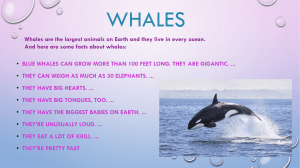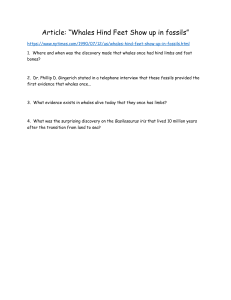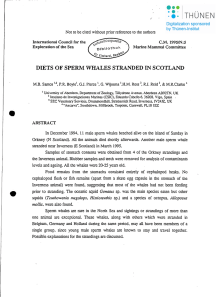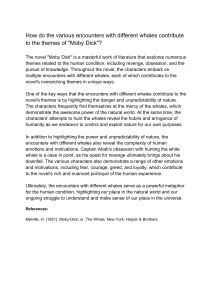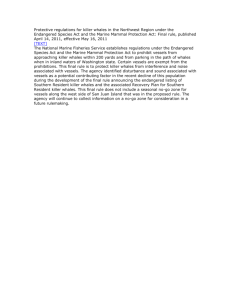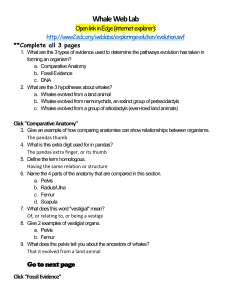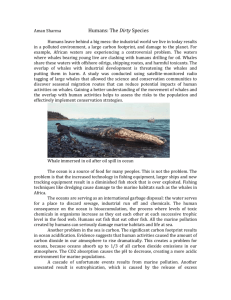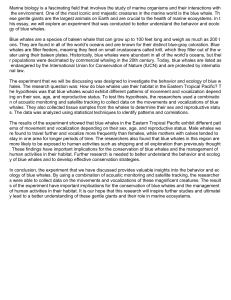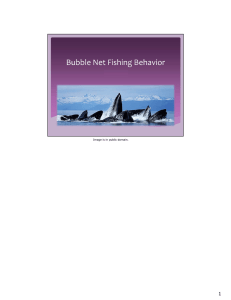Student Affairs Assessment Council Minutes December 2, 2009
advertisement
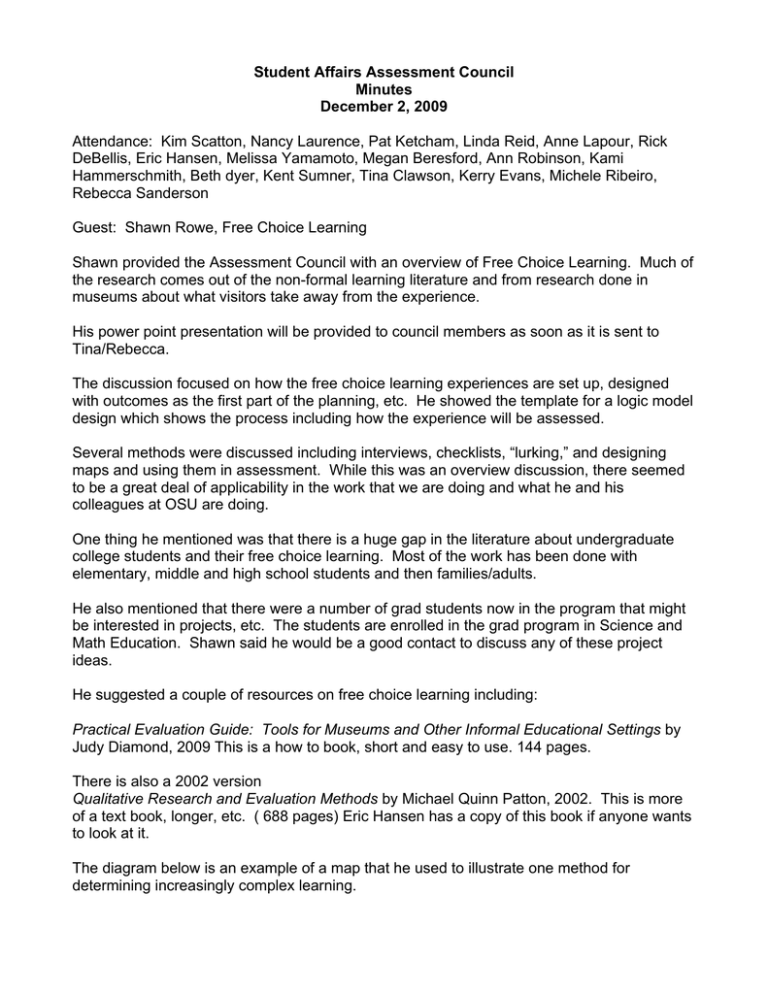
Student Affairs Assessment Council Minutes December 2, 2009 Attendance: Kim Scatton, Nancy Laurence, Pat Ketcham, Linda Reid, Anne Lapour, Rick DeBellis, Eric Hansen, Melissa Yamamoto, Megan Beresford, Ann Robinson, Kami Hammerschmith, Beth dyer, Kent Sumner, Tina Clawson, Kerry Evans, Michele Ribeiro, Rebecca Sanderson Guest: Shawn Rowe, Free Choice Learning Shawn provided the Assessment Council with an overview of Free Choice Learning. Much of the research comes out of the non-formal learning literature and from research done in museums about what visitors take away from the experience. His power point presentation will be provided to council members as soon as it is sent to Tina/Rebecca. The discussion focused on how the free choice learning experiences are set up, designed with outcomes as the first part of the planning, etc. He showed the template for a logic model design which shows the process including how the experience will be assessed. Several methods were discussed including interviews, checklists, “lurking,” and designing maps and using them in assessment. While this was an overview discussion, there seemed to be a great deal of applicability in the work that we are doing and what he and his colleagues at OSU are doing. One thing he mentioned was that there is a huge gap in the literature about undergraduate college students and their free choice learning. Most of the work has been done with elementary, middle and high school students and then families/adults. He also mentioned that there were a number of grad students now in the program that might be interested in projects, etc. The students are enrolled in the grad program in Science and Math Education. Shawn said he would be a good contact to discuss any of these project ideas. He suggested a couple of resources on free choice learning including: Practical Evaluation Guide: Tools for Museums and Other Informal Educational Settings by Judy Diamond, 2009 This is a how to book, short and easy to use. 144 pages. There is also a 2002 version Qualitative Research and Evaluation Methods by Michael Quinn Patton, 2002. This is more of a text book, longer, etc. ( 688 pages) Eric Hansen has a copy of this book if anyone wants to look at it. The diagram below is an example of a map that he used to illustrate one method for determining increasingly complex learning. This (whales in the circle) is the stimulus and people are asked to write a map of all they know about whales—both pre-and post the free choice learning experience. Baleen Eat shrimp Migrate Whales Orcas Gray The black and white lines and boxes represent what someone knows about whales prior to the activity. The map becomes more complex after the free choice learning as noted by the shaded and red-lined additions that were done after the free choice learning (e.g., after the viewed exhibits, etc. at the Hatfield Marine Science Center) Thus it is indicative of people learning more complex info about whales. There is a way to analyze this data and rate the drawings. Next Meeting December 16, 2009 9-10:30am MU 109 A Eat mammals Teeth
